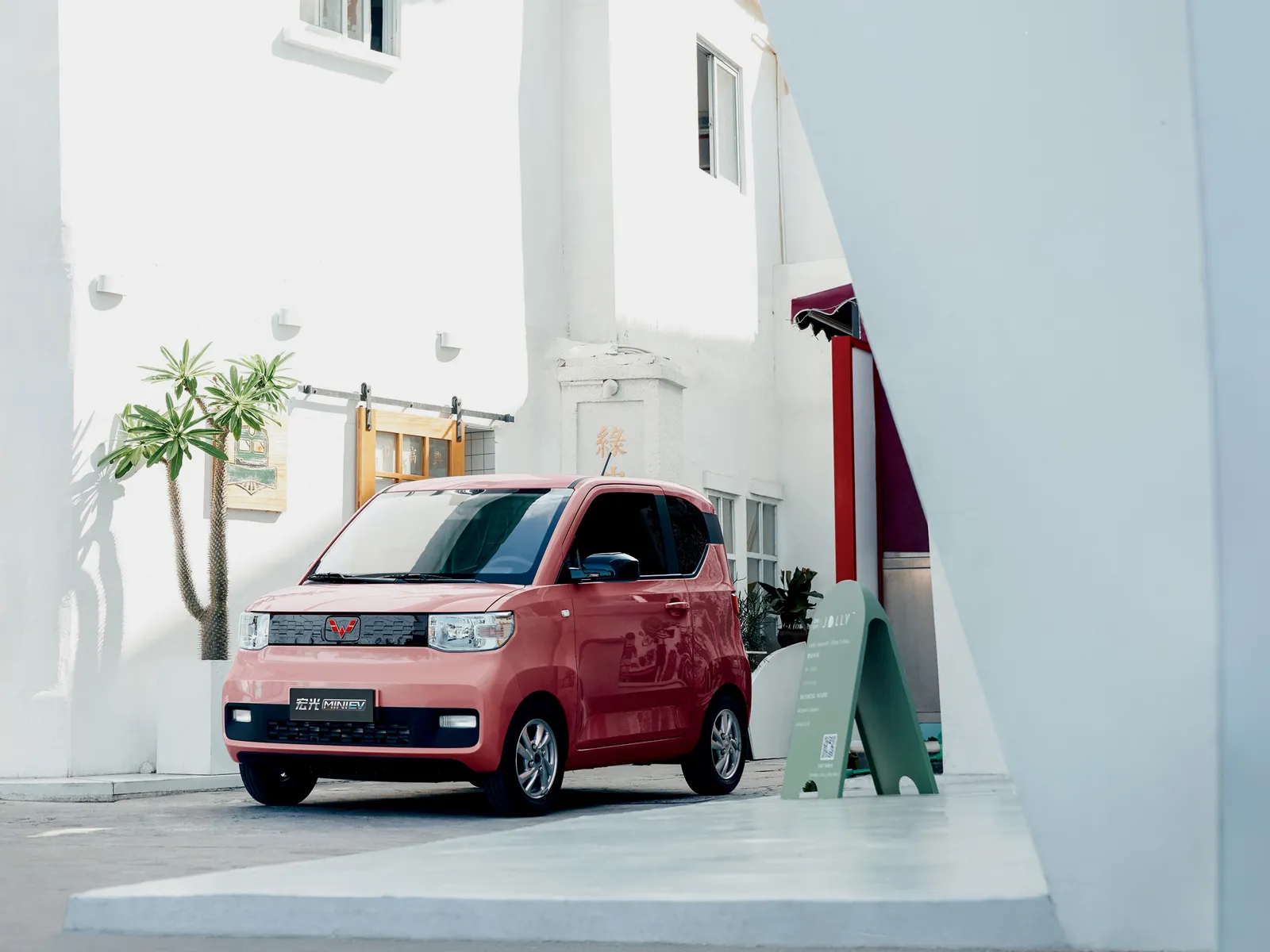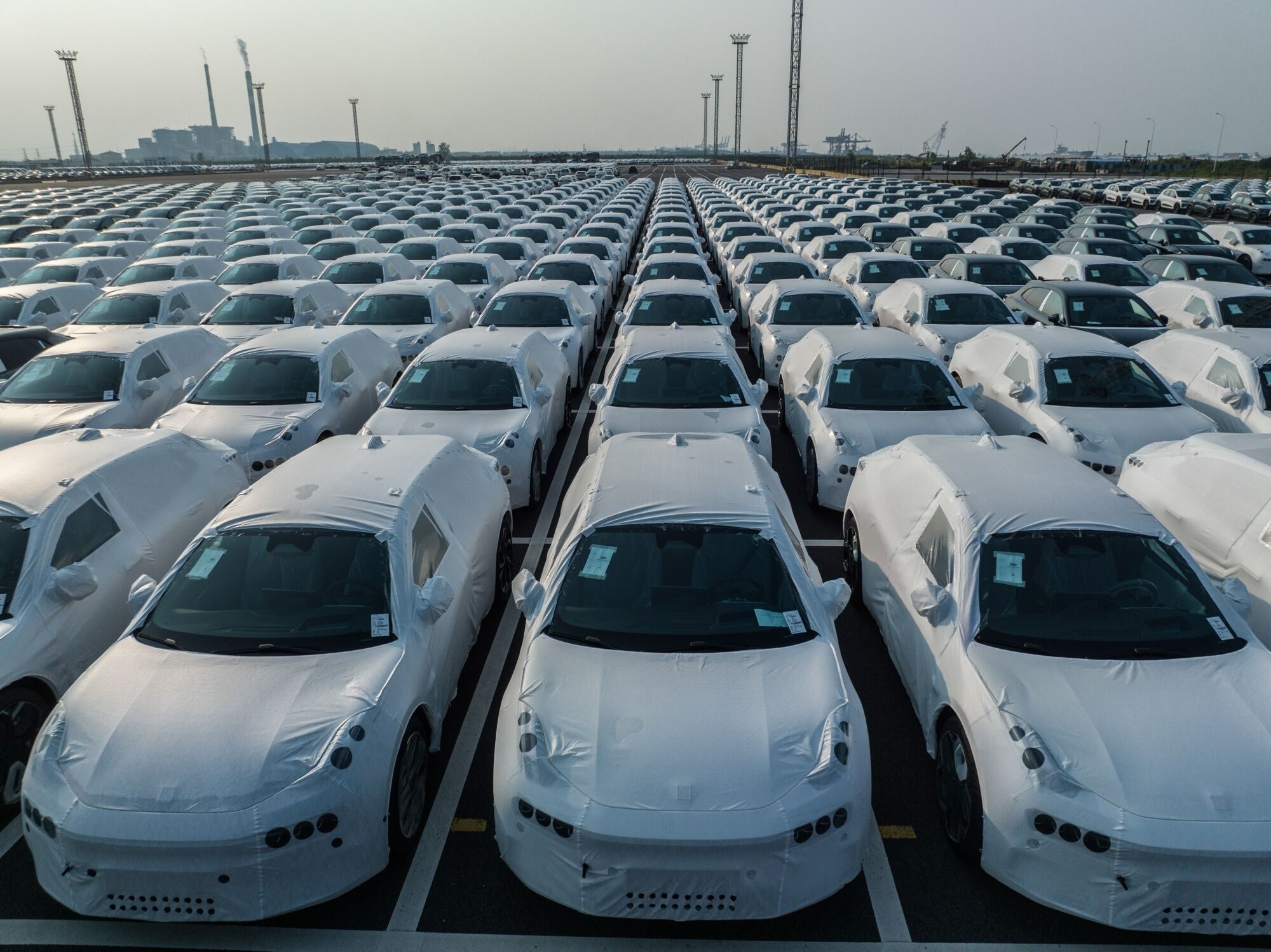BEIJING (World Report Studio News) - Over the past years, the electric vehicle (EV) market in China has been experiencing remarkable growth, characterized by affordable pricing and a surge in sales. The best-selling budget EV, Wuling Hongguang Mini EV, priced at approximately $5,000, has been instrumental in nearly doubling China’s passenger electric vehicle sales, surpassing the combined total for both Europe and the US at 5.9 million units as reported by The Financial Times. This results from declining raw material prices including battery-grade lithium, which reduces the cost of batteries, the most expensive EV component. Such an aggressive pricing strategy, coupled with a weak Renminbi (Chinese Yuan), currently provides Chinese EV manufacturers an edge in global markets. This advantage is emphasized further knowing that EV prices in Europe have even risen over the past years.

However, this growth is shadowed by challenges, a major one being that of overcapacity. The business environment over the past decade, which saw aggressive investment in the EV industry, and now consists of falling commodity prices and a weak currency has led Chinese automakers to prioritize exports to sell off their excess supply, which the South China Morning Post reports will exceed demand fourfold by 2025. With the US market being complicated to penetrate due to geopolitical tensions and government policies, Chinese firms are now turning to Europe. In fact, around half of the cars exported from China are being sold in the European market, two-thirds of which are battery electric cars, marking a significant rise and drawing parallels with the Japanese carmakers’ push into the US market in the 1970s as written in The Financial Times.
Despite this, the number of Chinese-branded EVs on European roads remains relatively low, with Tesla accounting for almost 40% of exports from China to Europe as reported by the Center for Strategic and International Studies (CSIS) in Washington. However, the market dynamics are shifting. European manufacturer’s dominance in the Chinese market has dwindled with domestic brands now accounting for “80 per cent of newly registered electric cars in China” according to The Financial Times, a trend that is beginning to carry over to foreign markets. In fact, Chinese EV exports are growing at a faster pace than initially forecasted. This has led Chinese EV manufacturers to gain market share outside of their domestic market such as in Southeast Asian markets, where such firms boast a 75% market share in line with data from The Financial Times.
Together, this growth in overseas markets and cost advantages make Europe an even more vital growth area for Chinese automakers to penetrate. However, uncertainty regarding this strategy is not just brought on by the protectionist measures outlined in President Biden’s Inflation Reduction Act but also due to the European Commission’s probe into China's EV subsidies which was initiated just over a month ago and could potentially lead to higher import duties on Chinese EVs to shield European manufacturers from being priced out.
With Beijing also cracking down on overcapacity by limiting the issuance of EV production licenses', annual utilization rates at EV factories will reach a mere 33 per cent in 2023 as projected by Citigroup analysts. These spillover effects from the price war alongside slowing short-term sales numbers are expected to fuel M&A activity in the sector. Overall, the projected wave of consolidation in China’s EV market is expected to cut the number of major Chinese automakers from roughly 50 to just over 10 by 2030 as predicted by UBS analyst Paul Gong. While this depicts the uncertainties and financial struggles faced by many manufacturers in the Chinese EV market, it also reflects a necessary transformation to survive under evolving regulations by streamlining and optimizing production capabilities. With fewer companies operating on a large scale, the industry could experience a rationalization of resources, leading to improved efficiency and reduced redundancy in manufacturing processes. Such consolidation might result in a more sustainable and balanced production capacity aligned with actual demand, mitigating the prevailing issue of overcapacity that currently plagues the market.
Evidently, the Chinese EV market is a dynamic space with rapid growth but also challenges of overcapacity and government policy. The industry is at a critical juncture where survival and success hinge on strategic consolidation, adaptation to changing global dynamics, and geopolitics.

 Luca Falz
Luca Falz